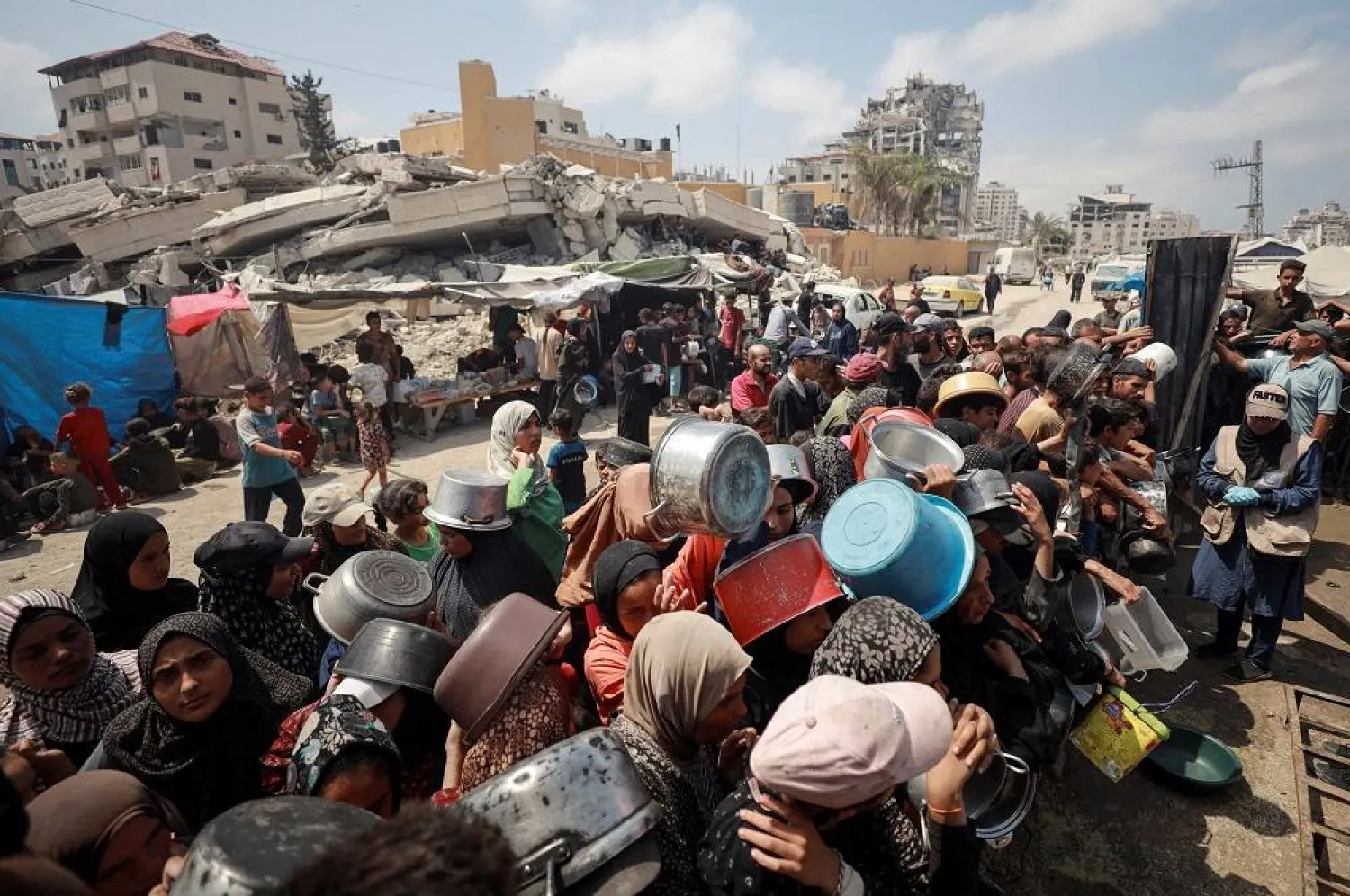Intensified clashes are ongoing between Yemeni national army and Houthi and Saleh militias in Taiz as the army forces backed by the coalition supporting the legitimacy continue to inflict heavy losses among the insurgents.
On Tuesday, a group of insurgents tried to infiltrate into Taiz presidential palace resulting in the death of five commanders and the injury of a number of others after the army targeted them.
Insurgency militias also targeted residential areas in Taiz continuously and nearby villages, killing a number of civilians and injuring many others. The bombarding was centralized in neighborhoods to the east and west of the city.
Spokesperson of Taiz military axis Colonel Abdul Basit al-Bahir stated that the clashes in Taiz haven't stopped and the fronts are costing Houthi and Saleh militias major losses.
Speaking to Asharq Al-Awsat, Bahir stated that battles in Taiz are ongoing all over the geographical area. He reported that recently a governmental delegation visited the governorate and was surprised to see the intensity and gravity of the battles.
He explained that battles include attack, defense, mobilization, training, and securing the area as well as many others.
"We can't say that combat is over unless the war is over," said Bahir.
He added that the insurgents are aware of the importance of Taiz because of its location, culture and agenda. The city has a symbolic value, so Houthis are "dying" to stay in the region and that is why they are mobilizing additional units there.
"They consider Taiz a crucial battle and if they lose it, they will lose other areas," Bahir considered.
When asked about captives and whether there are new deals to exchange them, Bahir stated that according to preliminary statistics, there are about 146 Houthi war captives. He added that most detainees with Houthis are politicians, journalists, and kidnapped persons, indicating that Houthis rarely manage to capture any soldiers during wars.
Bahir explained that usually exchange deals are done through tribal mediators, Red Cross, Red Crescent, or a committee formed of both parties.
The Yemeni army is in control of about 70 percent of Taiz' area, which includes 12 districts of complete control and six others of partial control. Bahir also explained that legitimacy's control varies between areas.
In addition, insurgents are in control of 30 percent of Taiz with five districts under complete control and six others under partial governance. However, insurgents are in control of the most vital and strategic areas, major areas that connect Taiz with Hodeida and other northern and southern governorates.
Meanwhile, insurgents resort to planting landmines in residential areas and villages. However, vice spokesperson of Taiz military axis stated that this indicates their weaknesses and their inability to advance or regain control of any sites. He also pointed out that insurgents are using snipers to prevent any advancements and scare civilians.
In addition, Houthi and Saleh militias continue to recruit young men and children and most new recruits are younger than 13 years old.
"You heard the statement of Houthi top official, Hasan Zayed, calling to shut down schools and asking children to head for the battlefield," stated the deputy spokesperson.







